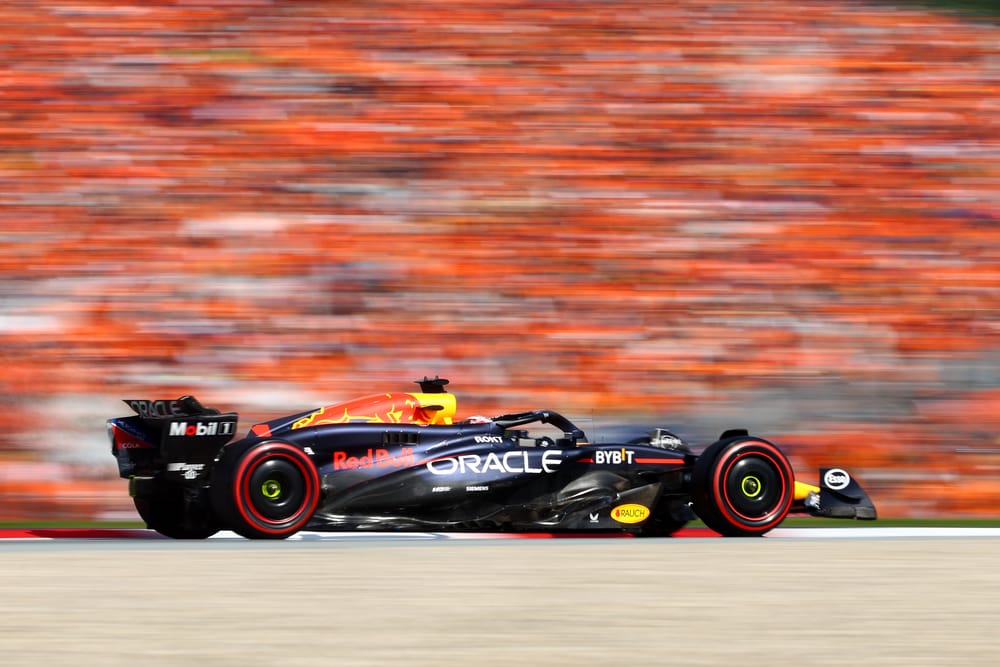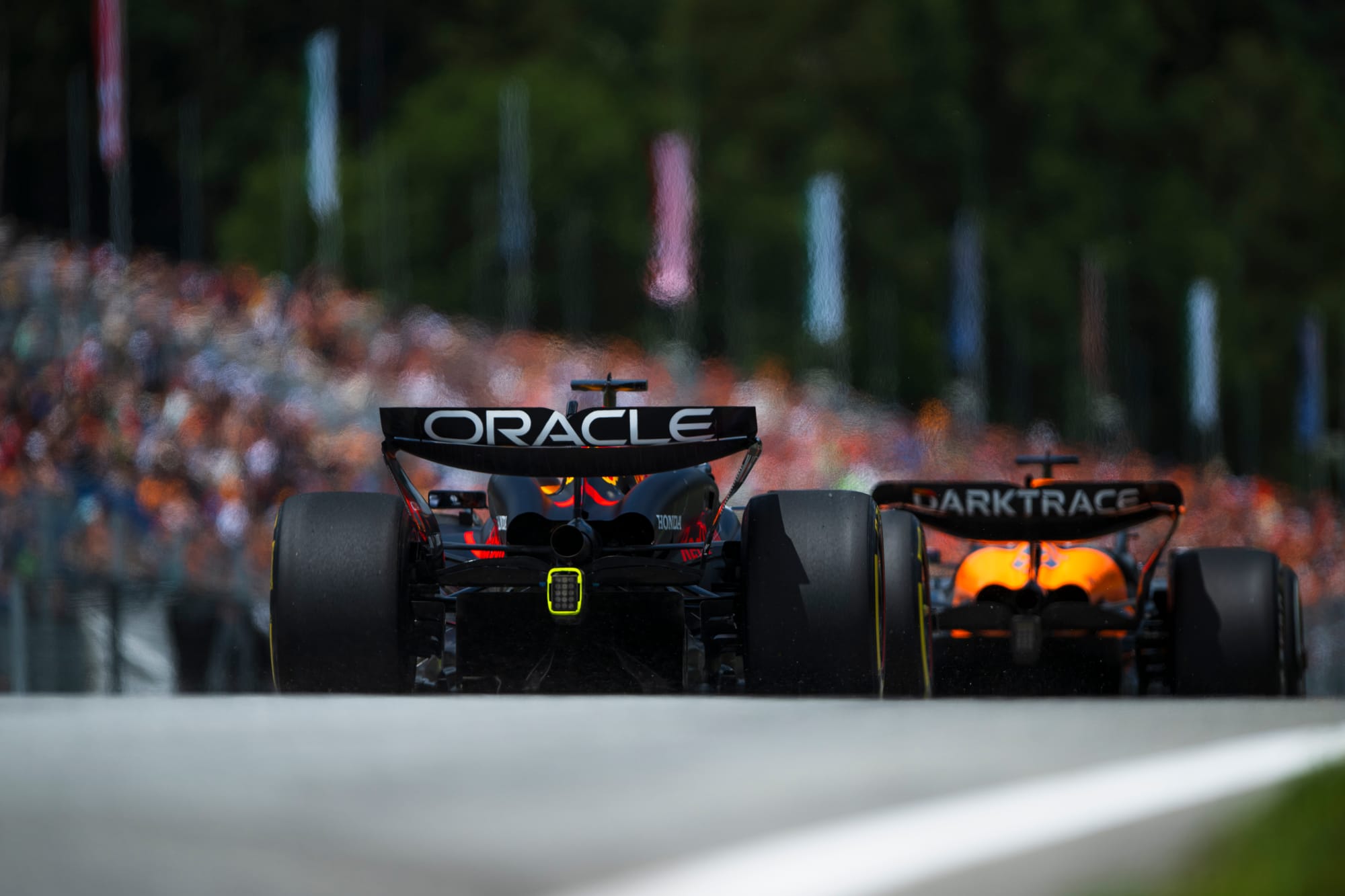Up Next

“On fire!” said Max Verstappen upon being congratulated on his spectacular Austrian Grand Prix pole position lap, over 0.4 seconds clear of second-fastest Lando Norris. “The whole thing just felt so good.”
On a hotter track which should theoretically have been slower than on Friday, Verstappen had gone 0.372s faster than in sprint qualifying. Norris had improved by only six hundredths. Hence the gap between them had ballooned.
But it was Verstappen’s narrow advantage in sprint qualifying which was the outlier. His real underlying advantage then was actually greater than that - as had been evident in SQ1 and SQ2, when he had a couple of tenths on the field.
In the single lap of SQ3, Verstappen had been forced to push his tyres too hard on his outlap just to get to the line before the flag fell, on account of everyone leaving it so late and the concertina effect of the traffic. Running a couple of cars earlier, Norris had been able to do a proper prep lap.
So on Friday, Verstappen’s real advantage was understated by the circumstances. That much was confirmed in the sprint race when, with everyone on the same settings as in sprint qualifying, he was able to pull away from the McLaren pair once they’d lost their DRS-assisted efforts on him. If his advantage had really only been the 0.093s suggested by SQ3, the McLarens would not have been over 4s behind him at the flag after only 23 laps.
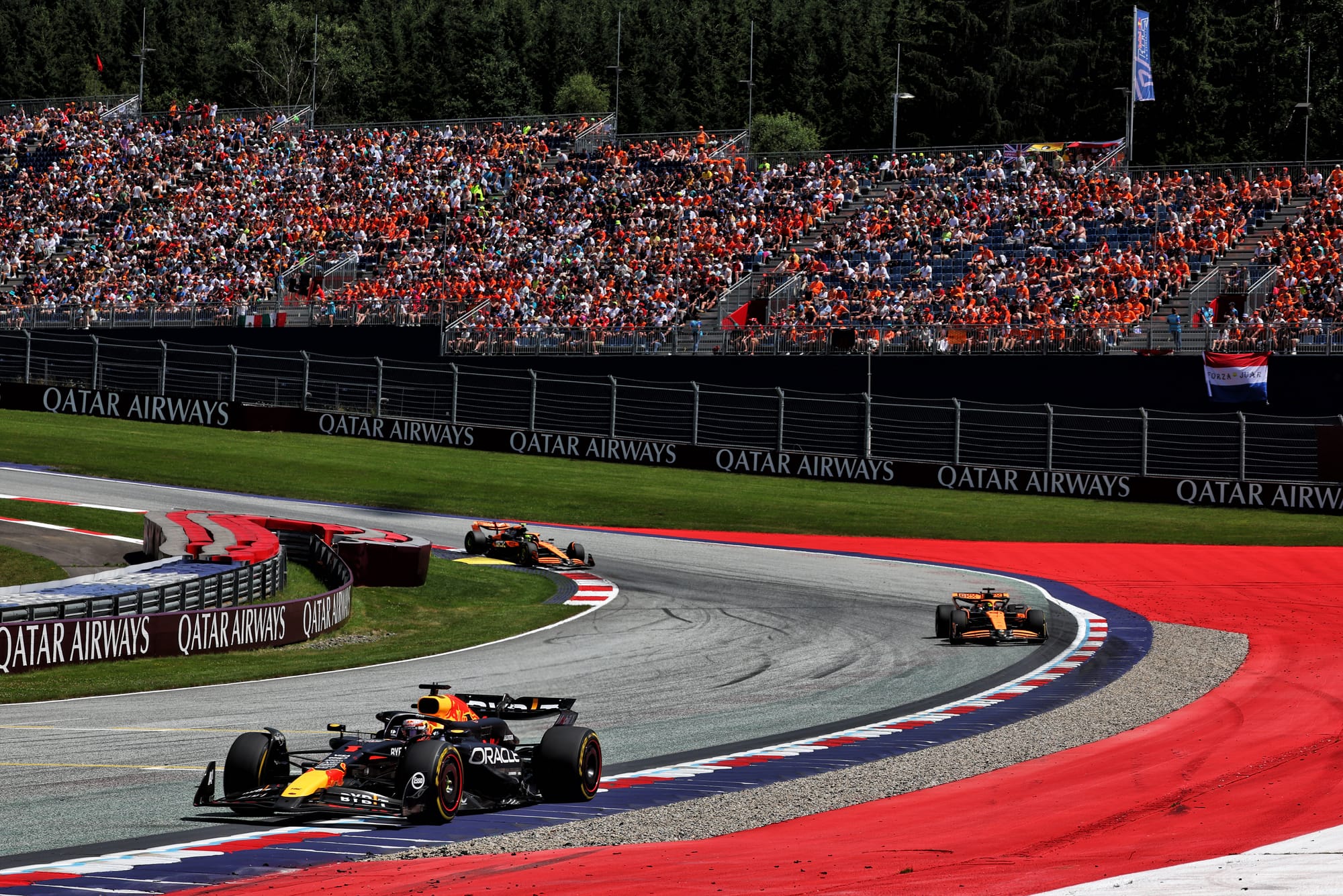
But in addition to that underplayed advantage, Red Bull was able to improve the car a lot after the sprint, now that the cars are allowed out of parc ferme before grand prix qualifying.
“We adjusted a few things after this morning,” Verstappen reported, “and I could attack the corners more.
“The car was just in a better window, I could push more. There was more grip and a better balance. I got through Q1 without using a new set of tyres. Every lap felt good. I was nailing every corner. It’s been a while since I felt like this in the car.”
Indeed, this was Red Bull in China or Japan sort of dominance, the sort of advantage that had looked like history given McLaren’s improvement since Miami. It’s clear the Red Bull Ring suits the car very well, much better than Miami, Imola, Barcelona, Montreal or, especially, Monaco.
As outlined on Friday, the high proportion of the lap done with the DRS flap open really plays to the Red Bull’s DRS advantage over the McLaren in particular, but also over the others. It also hit the ground running with a set-up somewhere within sight of the sweet spot (unlike at Imola and Barcelona).
But more than that, the few tweaks made possible by the new sprint weekend parc ferme rules ensured that Verstappen was able to squeeze more from himself. As the car improves, so Verstappen’s ceiling of performance goes up with it.
While the Red Bull improved, the McLaren stagnated, even though it was still comfortably the second-quickest car.
“Max’s lap in Q2 [which was 0.6s clear of anyone] was a bit of a reality check for everyone,” observed Oscar Piastri. “And obviously he could repeat it in Q3...clearly they're still the force to beat.”
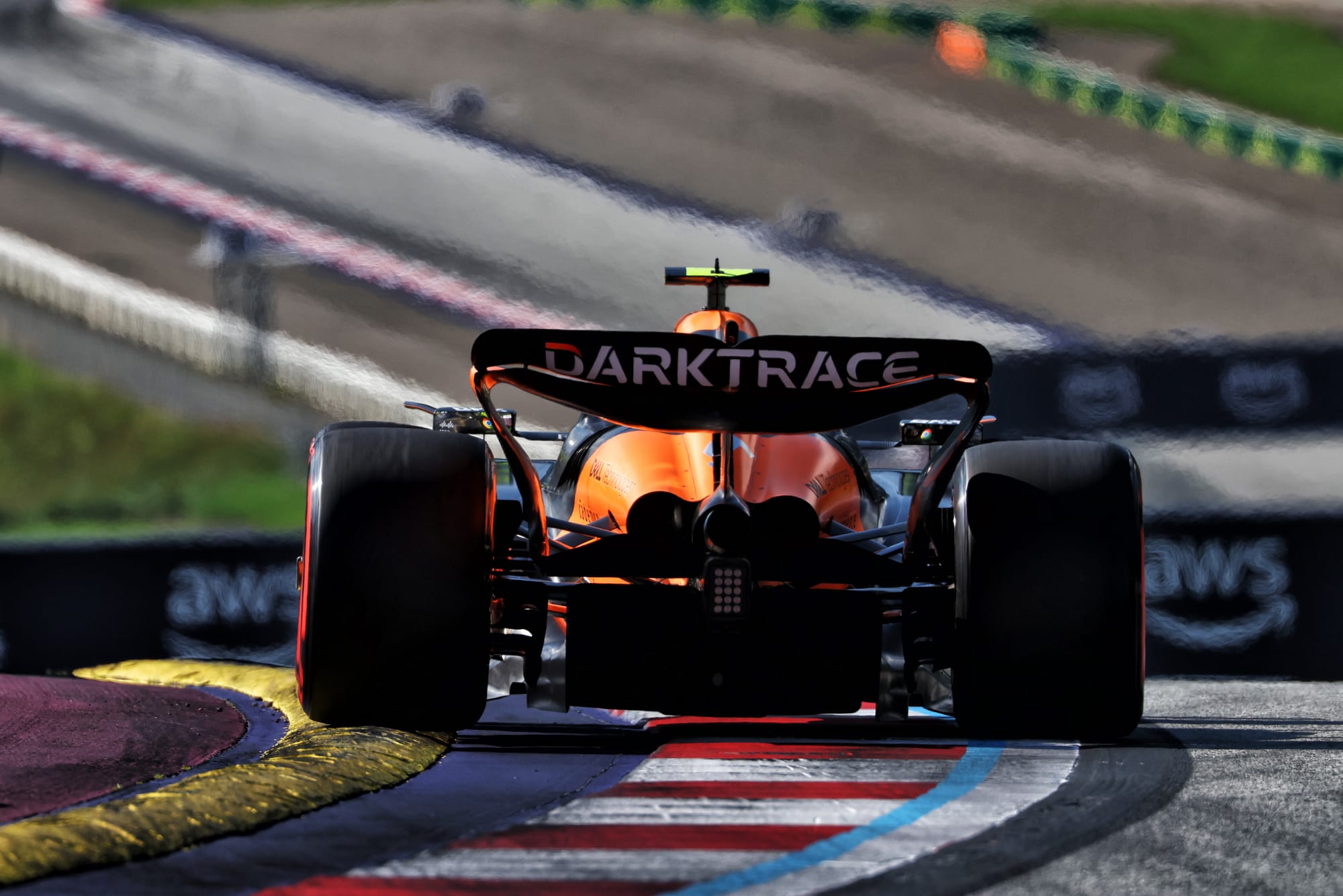
“I did a pretty good lap, not amazing,” said Norris. “It felt a bit trickier today for wind and conditions, and we dropped back relatively closer to Merc and Ferrari than yesterday.
"I did a better lap yesterday, so there are one or two tenths from my side [missing] but not enough to trouble Max. They were way quicker than we could have done.”
The Mercedes and Ferrari improved from Friday as the McLaren stood still - but not by enough to improve their status as the third- and fourth-fastest cars respectively.
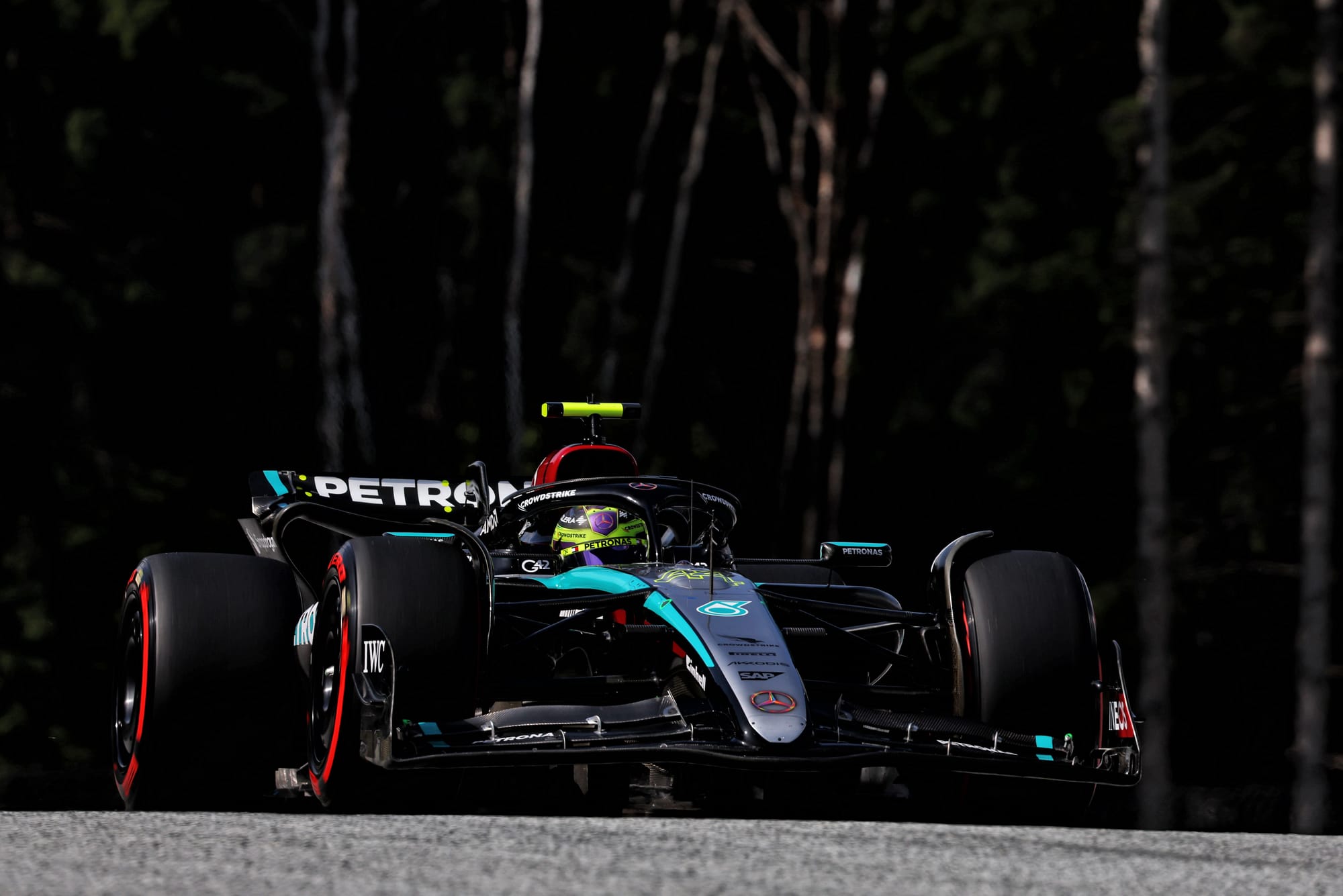
“We were down a lot in the high-speed compared to Max,” said Lewis Hamilton, his Mercedes lagging by 0.6s over a short lap (and half-a-tenth down on team mate George Russell, who qualified third). “It's insane how much faster they are in the high-speed than us.”
A track which doesn’t expose the RB20's dislike of bumps and harsh kerbs and which furthermore gives such heavy reward for its DRS advantage has given everyone a reminder that the Red Bull has a higher performance ceiling than anything else. Here it’s able to access it.
In the fifth gear Turn 6 - the left-hander where Piastri exceeded track limits and had his time for what would've been third deleted - Russell was 6k/h slower than Verstappen, 4km/h off Norris. Onward through the sixth gear Turn 7, the Mercedes is 9km/h off the Red Bull, 4km/h adrift of the McLaren.
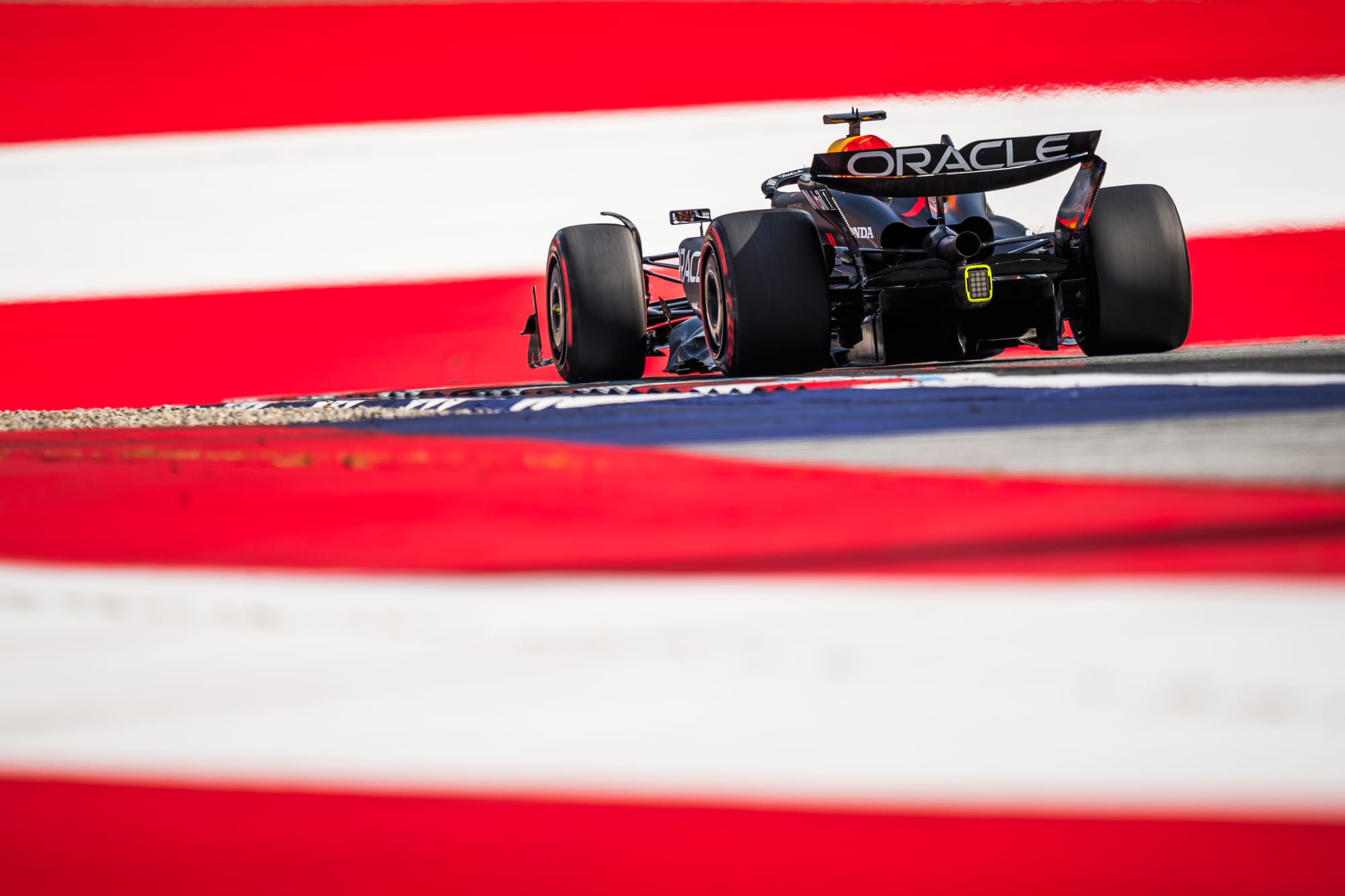
But it’s in the penultimate Turn 9 right-hander where Verstappen’s advantage is greatest. Although he’s only 8km/h faster than the Mercedes at the apex, he’s able to get so much earlier on the gas that he exits there 12km/h faster than Russell and 9km/h faster even than the McLaren. These are much bigger advantages than he carried there on Friday and although some of that will be from the increased grip and better balance, Verstappen clearly pulled more from himself too.
Carlos Sainz - who lines up fourth - referenced a repeat of the Ferrari’s bouncing issue at high speed, also evident at Barcelona and which the team believes is related to the greater downforce generated by the upgrade introduced there.
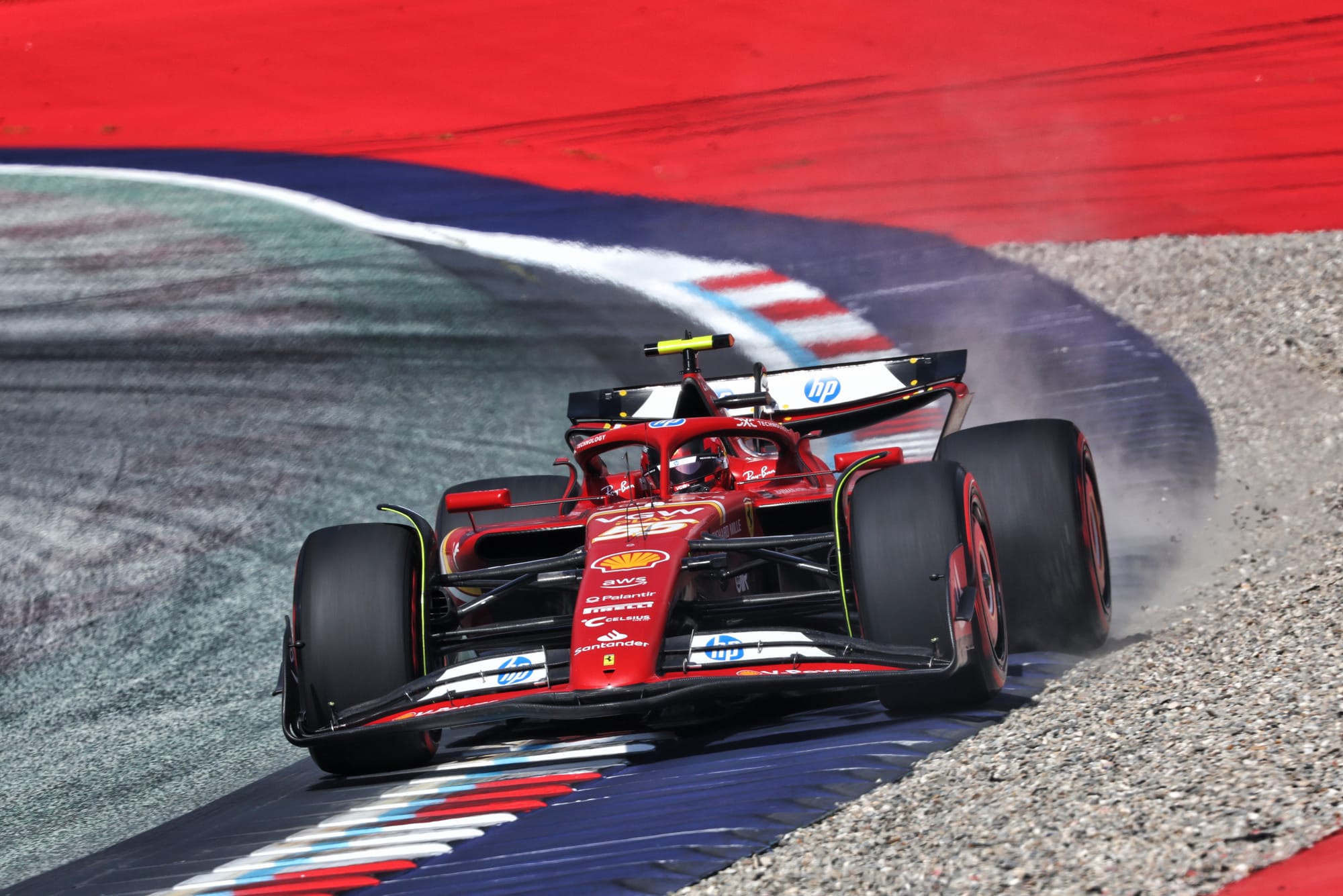
“It’s a combination of we're not great in high-speed corners and at the same time we are bouncing, which makes our high speed [even worse],” he said.
“Turn 7, Turn 9, we lose a tenth from Max in each of the corners, only in one corner. It’s very difficult to claw that back [over] the rest of the track, even though we are almost equal in the slow speed.”
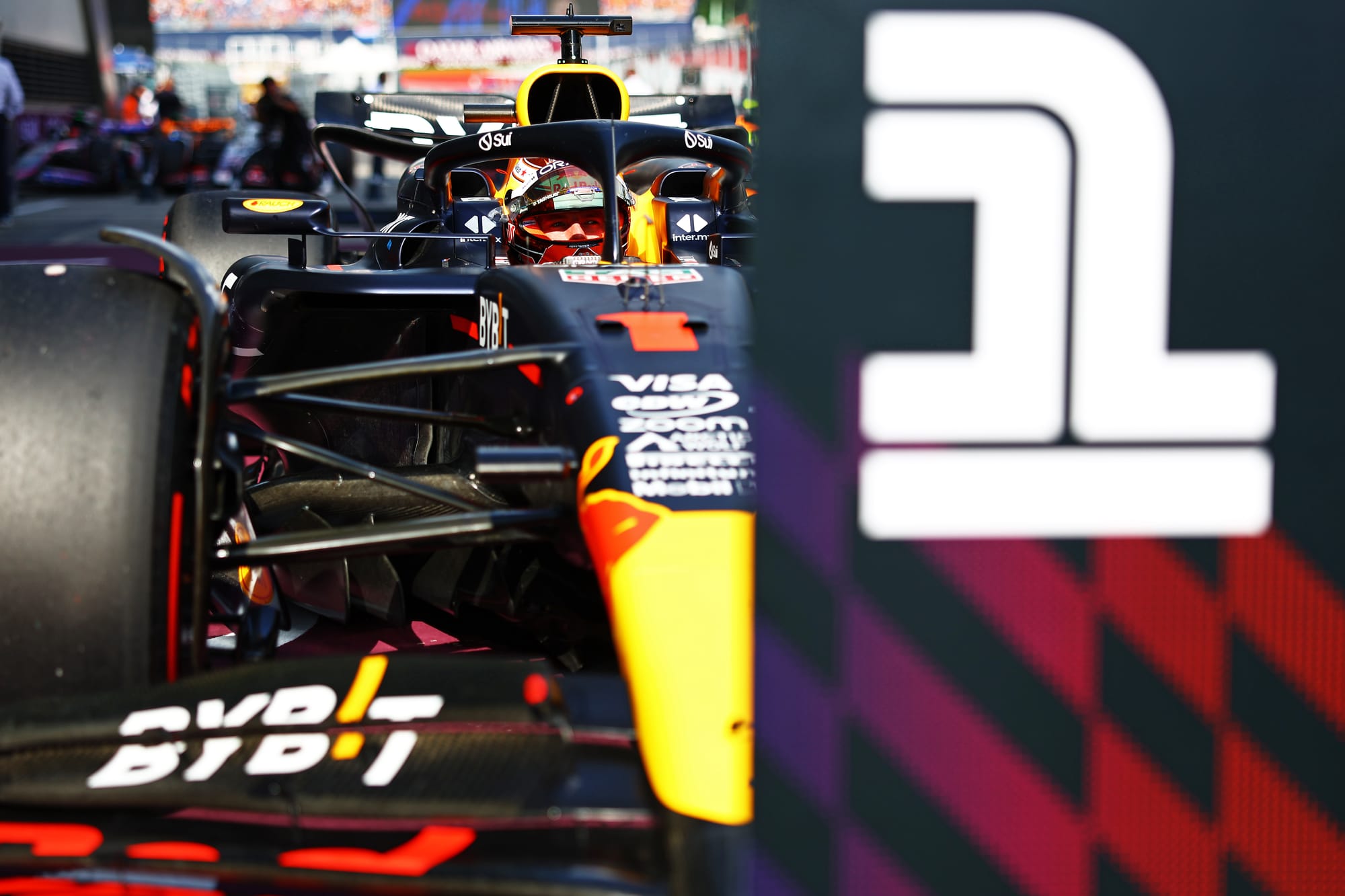
“It's been a while since we've actually been on pole,” said Verstappen, referencing Imola in mid-May, four races ago.
“It's a great feeling. The team has been working really hard to try and make the car more competitive. I think this is a great statement, and hopefully we can also show that tomorrow in the race.”

